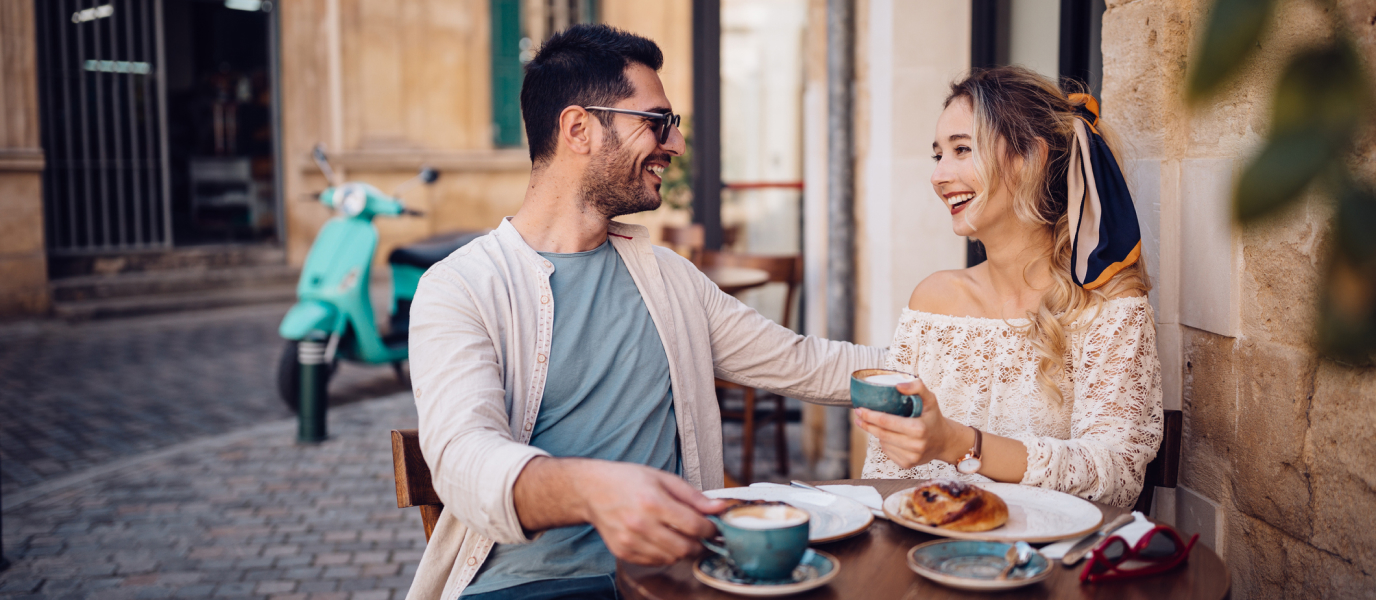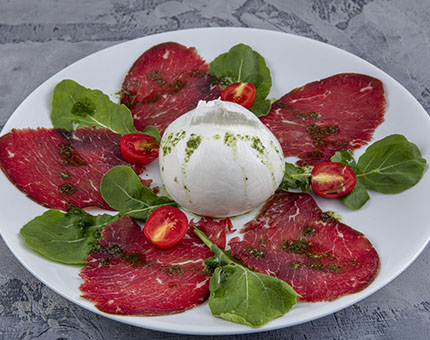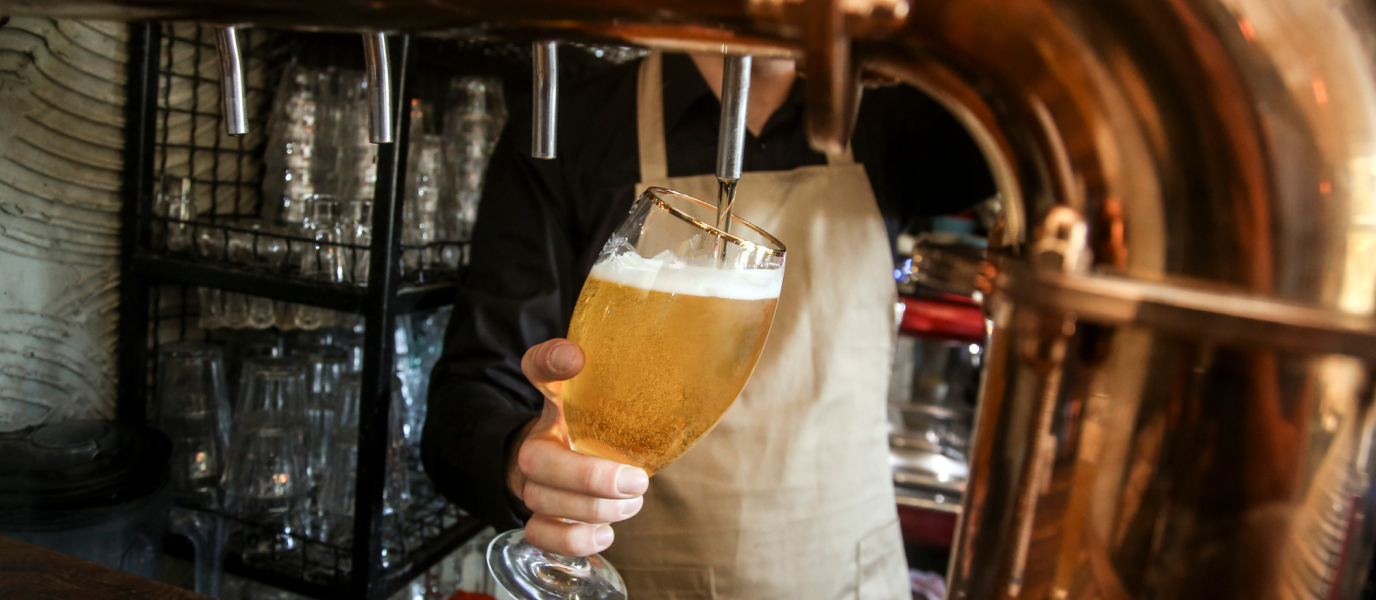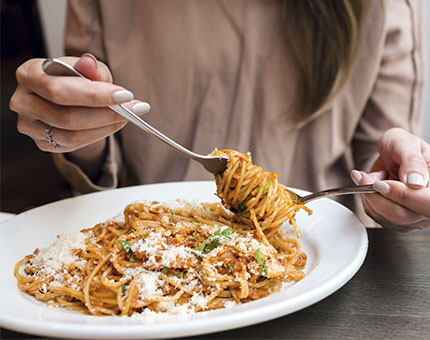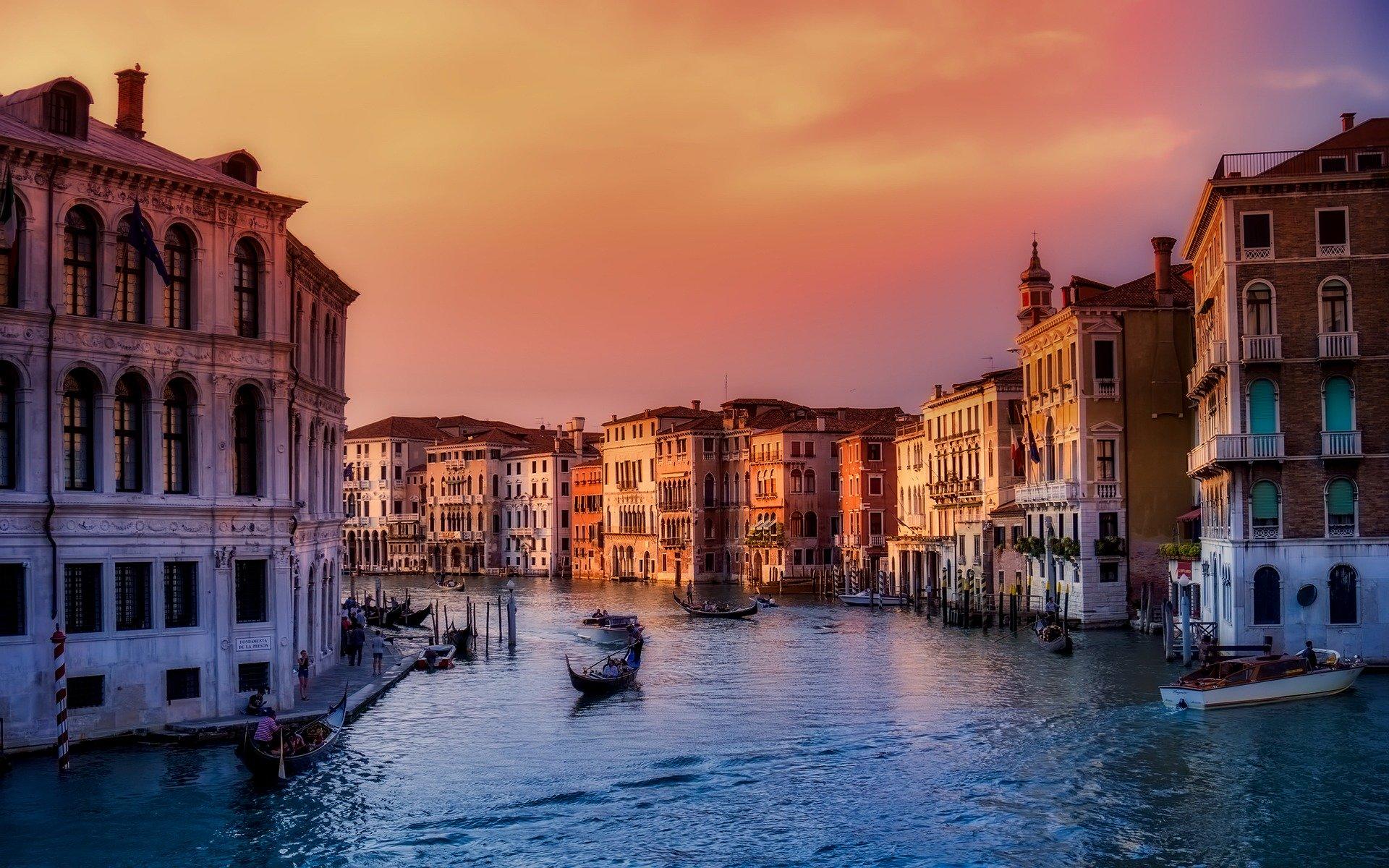Having a coffee in Milan or anywhere else in Italy is much more than a custom. Coffee in Italy is a true religion. It is a way of understanding life and social relations in the country, setting the pace of everyday life and becoming one of the emblems of the ‘Italian brand’.
In view of all this, and bearing in mind the importance of coffee in Italy, it’s important to not make any faux pas when ordering coffee in bars and cafés in Milan or elsewhere in the country.
First of all, it is worth observing the rituals that accompany coffee drinking in Milan and then try to mimic them in order to better enjoy the pleasure of this special drink. Some of these customs may seem absurd, others even imbued with a certain level of fanaticism…
But most of them are truly enviable, because what is ultimately fundamental is quality and authenticity. And, of course, coffee in Italy comes with both guarantees.
Italian coffee
For many, Italian or not, Italian coffee is the best in the world. By that we don’t mean the coffee itself, because, due to the climate, it is impossible to grow coffee plants in Italy. What we are instead referring to is the selection of beans, their blends, the way they are ground and, of course, the way they are prepared.
The roasting style that Italians like the most also plays a major role. Unlike the roasting style common in other parts of the world, here a less aggressive type of roasting is preferred. Without taking away from the intensity and colour of the coffee, it gives the beans complex aromatic nuances that are highly valued by coffee connoisseurs.
In addition, the first espresso coffee machines were designed and manufactured in Italy. The technique manages to extract the maximum organoleptic properties from the coffee in a short amount of time, in a highly concentrated, almost creamy form, in addition to creating a delicious layer of foam.
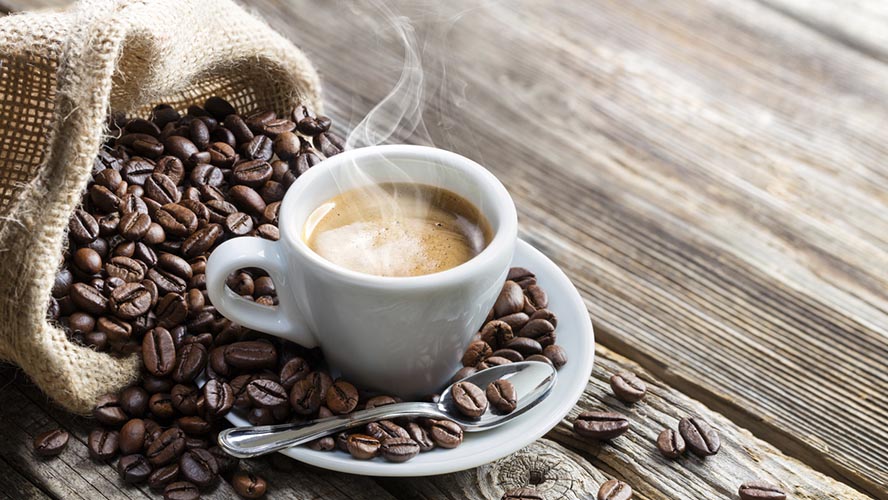
But long before the invention of espresso coffee machines, which are so characteristic of Italian cafés and bars, the moka coffee technique had already been discovered in Italy.
In other words, what is referred to as a moka pot, which is divided into two chambers, with a funnel-shaped filter in the middle, where the ground coffee is placed, through which the boiling water in the lower chamber passes.
It is important to remember that coffee begins to lose its properties as soon as it is ground. That is why in good cafés the coffee is ground immediately before it is put in the coffee machine. If any is left over, it is thrown away; it is never saved for the next customer.
Ordering coffee in Italy
Coffee in Italy is generally ordered at the bar of the establishment. Most people pay for it before it is made and it is always served with a glass of water to cleanse the mouth before and after the ritual. Coffee drinking here is a quick process, not lasting more than a few minutes, but repeated several times a day.
There is an Italian coffee for every moment. And, what’s more, each one may be very different from the last. A cappuccino or a macchiato at breakfast is not at all similar to a mid-morning ristretto or a post-lunch corretto (link to URL on Where to eat in Milan).
That doesn’t mean to say that you can’t order your coffee exactly the way you like it or whenever you want it. But, let’s just say that it will be frowned upon by coffee purists, who, in the case of Italy, make up all Italians.

One thing to bear in mind is that coffees served with milk should only be drunk at breakfast. And, of course, never with dessert at lunch or dinner.
These are the main ways of preparing a coffee in Italy:
- Espresso: short, intense and very aromatic. It is, without a doubt, the best way to extract all the aromas, flavour and intensity of a good coffee.
- Ristretto: even more concentrated than an espresso. In fact, to make one in a moka pot the same amount of coffee is used but with half the water.
- Cappuccino: the quintessential Italian coffee with milk. Although, it is essentially an espresso with frothed milk. In some cafés it is decorated with cocoa powder, although this is not the norm in Italy.
- Americano: the least intense of Italian coffees, it has a higher proportion of water than any other variety.
- Corretto: the closest thing to a carajillo, which is drunk in Spain. In other words, coffee with a splash of liqueur, usually grappa.
- Latte macchiatto: or, in other words, a large coffee with milk. In Milanese cafés it is mostly served to non-Italians.
- Maroccino: a very sweet delicacy that is hard to find in other parts of the world, made with coffee, milk, cream and cocoa.
Cafés in Milan
There are many cafés in Milan, for all tastes and, of course, for all budgets. Here are some of the most recommended ones:
- Caffè Cova (Monte Napoleone, 8): one of the historical cafés that has survived the onslaught of globalisation. Aside from coffee (prepared and served in a variety of ways), the cakes and pastries menu is truly irresistible.
- Taglio (Vigevano, 10): the star of the show here is coffee, obviously. But it also functions as a sandwich shop, bar and even a good place to work with your computer at the ready. Its vintage feel gives the place a lot of charm.
- Biancolatte (Filippo Turati, 30): has a long menu featuring coffee, chocolate drinks, tea and sweet treats. It is also a great place to go for an aperitif or even for lunch, thanks to their menu featuring traditional Milanese (link to the corresponding URL) and Italian food.
- Corso Como (Corso Como, 10): probably one of the most elegant places to go for coffee in Milan. In reality, it is a multi-purpose space (link to URL on Corso Como) where fashion, art, music, gastronomy and style take centre stage.





























































